One of the most nutritious and versatile vegetables you can grow on your homestead is the bell pepper. With its rich nutritional profile, sweet flavor, and vibrant colors, bell peppers make a delicious addition to many meals. You can eat them raw or cooked, and freeze them for the winter season. If you’re in the process of planning your vegetable garden, it would be a good idea to include some bell peppers. Here are some things to consider before growing them.
Unique Ways to Grow Bell Peppers
There are several unique, and interesting ways to grow bell peppers, here are some of them: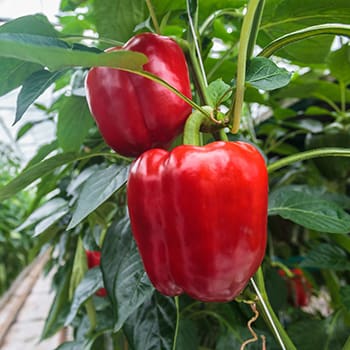
Greenhouse or High Tunnel: For homesteaders in colder climates, or those looking to extend the growing season, growing bell peppers in a greenhouse or high tunnel works well. These protected environments allow you to control the climate so you can start planting earlier and reap a harvest later in the year. These ideal weather conditions help grow strong and healthy peppers which results in higher yields.
Raised Beds: Raised beds provide several advantages including fewer weeds, better control over soil composition, and better soil drainage, and they also make it easier to protect plants from pests, monitor moisture levels, and add amendments. After putting up your raised bed, fill it with a well-balanced soil mixture, and plant bell pepper seedlings in rows or a grid pattern leaving enough space for each plant to grow.
Related: DIY Elevated Raised Bed
Balcony or Window Boxes: If you want to preserve space in your garden, balcony or window boxes are ideal. The containers can be placed on window sills, or mounted onto railings. However, you’ll need to choose dwarf or compact bell peppers because they’re better suited for container gardening. You’ll also need to make sure the plants get enough sunlight.
Hanging Baskets: Hanging baskets not only save space, but they will also add some decoration to your balcony. You’ll need to choose baskets with enough depth, and drainage holes. Fill them with high-quality potting mix and plant one or two bell pepper seedlings per basket. Hang the baskets where they’ll be exposed to a lot of sunlight.
Companion Plants For Bell Peppers
To get the best out of your bell peppers, plant them next to the following companion plants.
Alyssum: Their strong-smelling flowers attract beneficial insects such as butterflies, and bees. These insects play an important role in the pollination process which creates better fruit sets, and increased yields in bell pepper plants.
Beets: Beets make good companion plants for bell peppers for several reasons. Due to their deep roots, beets help suck up nutrients like phosphorus and potassium from the lower levels of the soil. The roots also aerate the soil and improve the soil’s structure. All of which increase nutrient availability. Additionally, beets help repel pests such as flea beetles and nematodes because of the chemical compounds they release.
Related: Tomato 
Basil: Basil acts as a weed suppressant by forming a dense canopy of foliage to help shade the bell peppers. This prevents the weeds from competing for essential nutrients such as nitrogen that are necessary for bell peppers to grow. Basil and bell peppers also have similar growth conditions and habits. Both plants thrive in sunny locations with well-drained soil which makes it easier for them to share garden space.
Chives: Chives are a part of the allium family; this group of plants is known for their ability to draw out nutrients from the soil. As chives grow, they store these nutrients which gives the plants growing alongside them access to these nutrients. This nutrient accumulation enhances the soil’s fertility and benefits the overall health of the garden’s ecosystem.
Eggplant: Eggplants and bell peppers are a part of the same family which means they are susceptible to similar diseases and pests. They attract pests such as caterpillars, flea beetles, and aphids. In excess amounts, this can create an infestation and completely destroy the crops if they are not detected early.
What Not to Plant Next to Bell Peppers
To ensure your bell peppers reach their full potential, you’ll need to keep them away from certain plants, here are some of them:
Kohlrabi: Kohlrabi and bell peppers need different nutrients and if the soil hasn’t been properly fertilized or amended, these plants will compete for the nutrients that are available which can lead to nutrient deficiencies in either of the plants. Kohlrabi are also susceptible to different pests and diseases, growing them in close proximity to one another can cause bell peppers to catch diseases they wouldn’t normally be exposed to.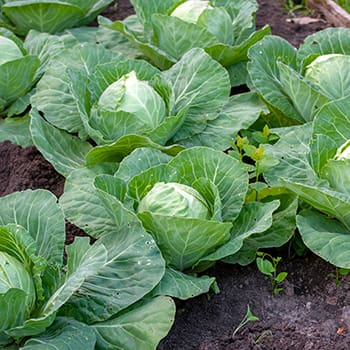
Brassicas: Brassica crops such as cabbage, broccoli, and cauliflower, release chemical compounds called allelochemicals into the soil. Although these compounds are natural, they can cause allelopathy which is a condition that stunts the growth of neighboring plants.
Related: Veggies You Only Plant Once And Harvest Forever
Fennel: Fennel plants are tall and can reach heights of 3 to 5 feet. They are also bushy which can cast shade on the bell pepper plants and restrict their sunlight exposure. Additionally, fennel are competitive and aggressive growers; the plant has a deep taproot system enabling it to extract water and nutrients from the soil.
Pole Beans: Pole beans make bad companion plants for bell peppers because they are climbing vines that grow tall and develop a dense foliage canopy. The shade can affect the amount of sunlight the bell peppers receive which will hinder its growth and productivity. Additionally, pole beans need support structures like poles, trellises, or strings to climb and grow. These structures have been known to interfere with the growth and development of bell peppers; therefore, it’s best not to grow these plants next to each other.
The Best Way To Preserve Bell Peppers
For homesteaders seeking to preserve bell peppers, pickling is a fantastic method. Slice or dice fresh bell peppers and pack them into sterilized jars. Prepare a brine using vinegar, water, sugar, salt, and spices, then pour it over the peppers. Seal the jars tightly and let them cool.
Store the pickled peppers in a cool, dark place. With proper sealing, this recipe can last for up to a year, providing a delicious and homegrown addition to your pantry for extended periods of self-sufficiency.
Final Thoughts
Before planting bell peppers, it’s always best to do additional research to ensure you grow them in the best conditions that will enable them to thrive. It’s also important to keep a firm eye on your bell peppers to protect them against pests and diseases. Nevertheless, with the proper care and attention, you can reap a healthy harvest of bell peppers to last the rest of the year.
You may also like:
What Every Survivalist Should Grow in His Backyard (Video)
20+ Must-Have Seeds For The Upcoming Crisis
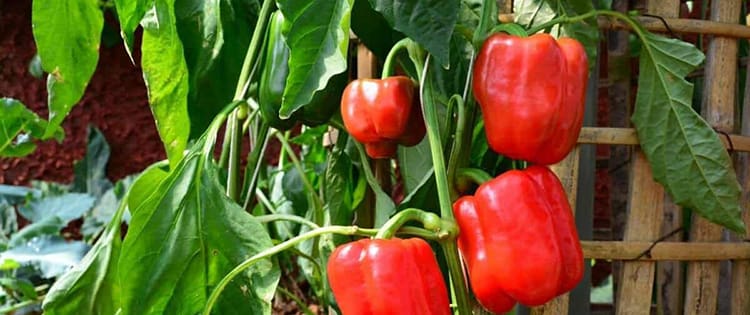
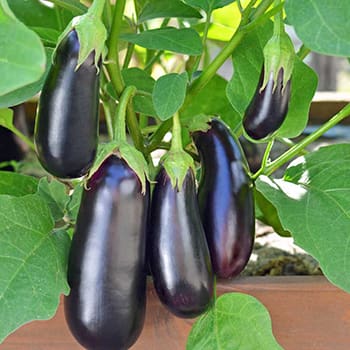
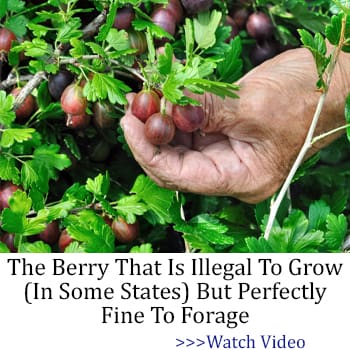








Great article, Abigail! 🙂